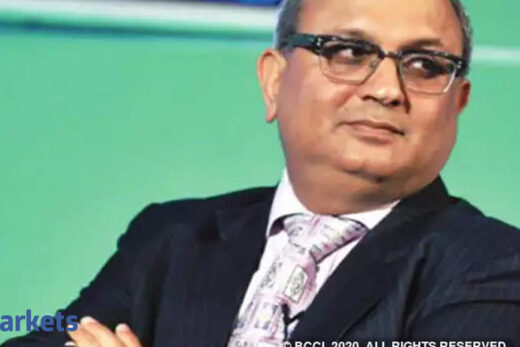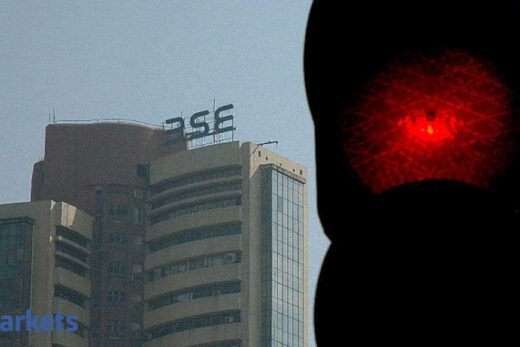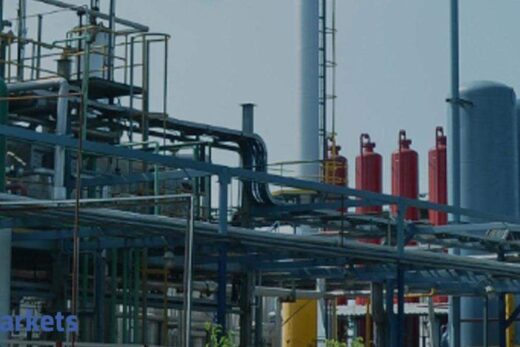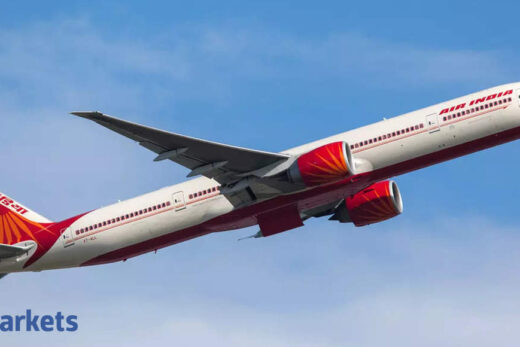Why Tata Motors Q4 results came as a surprise to the Street?
In February, on the JLR investor day, we had spent two good hours explaining or re-imagining the JLR strategy and in that we called out a few things. One, we said JLR’s basic DNA will be modern luxury by design number one. As part of that, Jaguar will become fully electric as a vehicle from 2025 onwards — a premium luxury BEV electric vehicle and Land Rover will have six BEV vehicles coming in from 2025. By 2030, all our vehicles will have a BEV option and by 2036 we will become 100% zero tailpipe emissions free. These are very big decisions which were communicated and implemented as we speak.
Due to that particular set of decisions that we have taken, we will also have those investments that we do not intend to pursue going forward. We will be forced to write them down and we will also restructure our employee base as well. The Sinsinawa vendor commitments that we have made, will have to be written off. So, we called out in February last this year that we will have a 1.5 billion pound or roughly about Rs 15,000-crore hit in our P&L. It is a one-off hit, of which close to 950 million pounds will be non-cash and the rest will be cash payouts in FY22. There is no change in those numbers thereafter and that is the debt side of the equation.
The surprise is in the credit side of the equation because the passenger vehicle business has taken an impairment of business close to about Rs 1,400-1,500 crore. We also had an onerous contract provision because volumes are much low and Covid was there in front of us and therefore we had to take that call. Now the performance of the PV business has come through very strongly and it is continuing to do well both on an absolute as well as a relative basis.
The underlying performance is lifting multi-fold and we are now reversing that provisioning and releasing the impairment provision that you have taken which is more good news on what the business is. One is an extremely strategic call being made on pivoting the business towards electric which is what everybody wanted us to do and that is what we are very clear we will do. The other one is a confirmation of the fact that the PV business is now firing on all cylinders. Therefore both these are good news that the market should be understanding. Most people have understood but a few people have not understood it as yet.
When do you think EVs will start making money and will have a sizable market share?
Let us look at the Tata Motors portfolio in 2019, 2020 and 2021 in India. In 2019, 0.2% of our business was EVs. Today 2% of our business is EV. This is an exponential disruption and so we will invariably over-estimate the near term and underestimate long term. It will keep giving disappointment in terms of numbers even if it is not as big as we saw. But one fine day, it will flip and then suddenly we will be taken completely by surprise at the speed of the force there. So one has to watch out for the penetration rates and how fast it is moving. If I see that sequence — 0.2, 1, 2 — is an extremely fast adoption that is now happening from underneath and we would not realise it till it comes and hits us and we are very clear this number will go to as high as 10-12% by 2025-2026 and it can even cross the 15-20% zone by the time it hit 2030.
This can be a very large disruption coming at us and Tata Motors. We are very clear we will drive this disruption. We are not just going to watch it happen. We will actually make it happen and for that we will look at the entire ecosystem, solve the problems at every level. Take the month of April; in the midst of lockdowns, Nexon EV sold 581 vehicles so the clientele that is coming in is different. The demand for the vehicle is strong and the performance of the vehicle is excellent and therefore I am seeing this as a India will leapfrog this disruption, it would not go through the PHEV’s route, it would not go where cost of two power trains is more than cost of one powertrain which is simple mathematics and we see this as a significant intervention that we will make as Tata Motors.
Speaking about the global markets, how has the last few months been when it comes to demand from China, UK, the emerging markets and the USA?
What is happening globally is great news and gives us a lot of comfort, This is true for India also. As vaccinations started maximising, economic growth is coming back with a bang. Today China and the US are firing on all cylinders. In the UK, one can start seeing the improvement compared to quarter three. The decline was just 7% last quarter. So I am expecting the UK and the rest of Europe to come back to growth. Today there is no demand issue in JLR. The challenge for all OEMs is more supply and therefore what we are seeing is a complete clearout of inventory — in both retail and wholesale. We are doing everything possible to maximise the available level of semiconductors so that the mix is improving, inventory levels are going down and dealers are getting profitable. That is how the current thing is playing out.
But it is fair to say that we are not able to meet customer demand to the extent that we would love to and therefore that is going to take at least two quarters before things really alright. So, Q1 will be significantly impacted as we have already called out in our press release. Q2 onwards things should gradually start improving and we believe things should start normalising H2 onwards.
Speaking about semiconductors, what is the situation globally?
In Q4, we scraped through. We did not get significantly impacted by the semiconductor shortage. But in Q1 we do see challenges and that is the reason we called it out. It is not normal and it is likely to be significant. We expect things to start normalising and improving from there onwards. The thing to notice is that automobile demand for semiconductors is a drop in the ocean of semiconductors. It is a small number that is the reason we do not want to create sensational news giving impact on production, etc, because we want to fight till the last day and see how much we can eke it out and then we will deliver against it.
How are input cost pressures looking at this point of time? Going ahead, what kind of pressure can it have on the margins?
Today prices of steel, aluminium and precious metals are all inflating significantly and this has been a challenge. Last quarter, we started seeing the impact of it even in my P&L. We expect this situation to continue in the first half of this year. Obviously, India has also got another reverse impact of the lockdowns and today, it is a choice between demand versus inflation. How do you play that stuff there?
Currently the contracts are not being negotiated as we speak. Everybody is frozen right now at this point in time. But in the second half, things will start quietening down. That is our hope as such. We understand that things have run away a bit too much and therefore there is likely to be a cooling off in the second half, at least getting back to normalcy. But that is all speculation, we will have to wait to see how exactly it plays out. What is more important is what are we going to do about it? I think we will take judicious price increases which we have already done. We are trying our level best to protect the end customers so that whoever has ordered the cars, are not getting impacted with a price hike till May 7.
May 8 onwards, a new price will come into effect. At the same time, we will continue with our huge focus on cost reduction. I believe the right metric that will come and go against the inflation will be operating leverage once the lockdowns lift. There is no point looking at the near term alone and feeling despondent. But if you look at what happened last year when the lockdown was lifted, there was a humongous recovery thereafter.
I do expect passenger vehicles to take off after that because people are going to be more keen to have their personal mobility with their urge to break free from all that coming through there.
For commercial vehicles, we have seen a pretty horrendous period over the last two years in terms of demand. Last year’s demand for FY21 is actually lower than what it was in FY10! We are now 10 years back in terms of volumes. And commercial vehicles are a reflection of what the GDP in the country is. Our GDP has not gone back 10 years and therefore neither do I accept the fact that this demand is indeed there. If we are able to start making money at those kinds of volumes, imagine what happens when things start correcting!
Second, looking at volume alone in commercial vehicles is not good enough because we have taken almost 10-15% price hikes because of BS-VI. So the revenues are starting to now lift much higher. Last quarter the revenue was higher than what it was in FY19. The mix has always been against M&HCV for the last three years and that needs to come back as well.
A lot of things are going for commercial vehicles subsequently but we have to see through the immediate pain and that is the reason we are looking at our strategy. This year is very different from last year, which was a business continuity plan because we did not know what was going to happen. The focus was to survive, revive and grow. This year it is none of these three, it is actually being agile.



